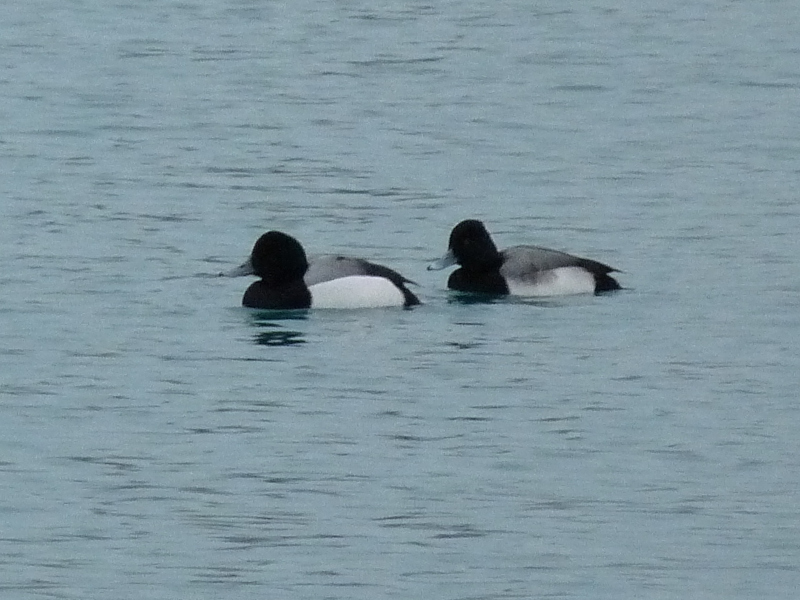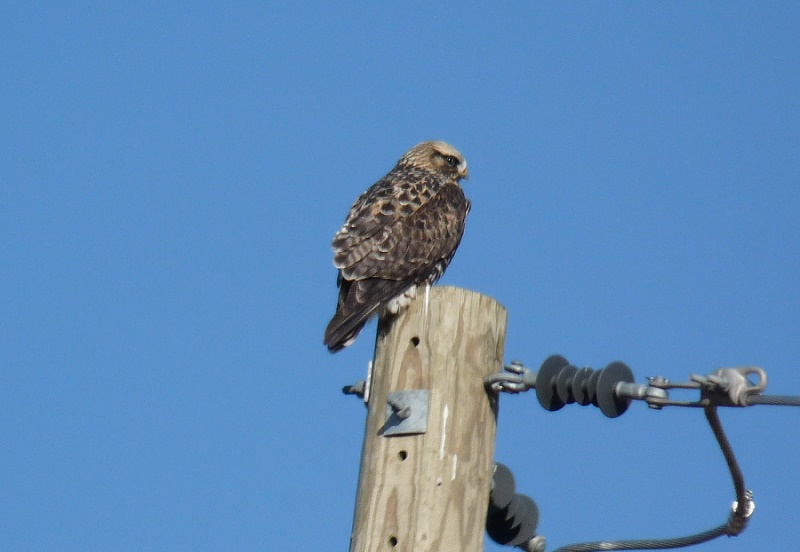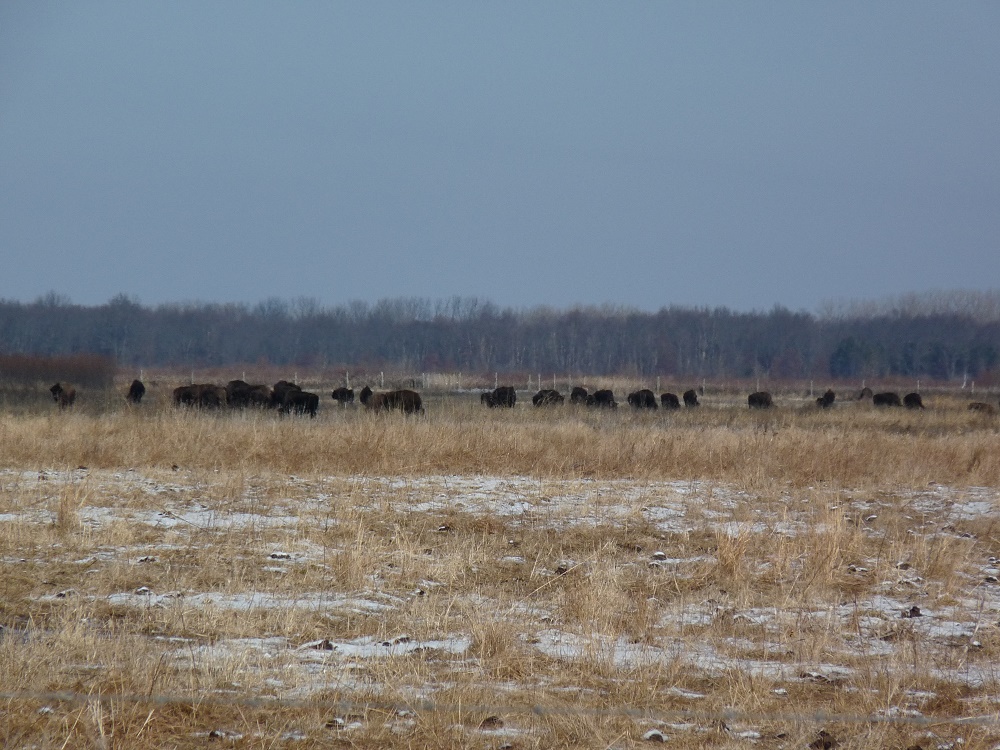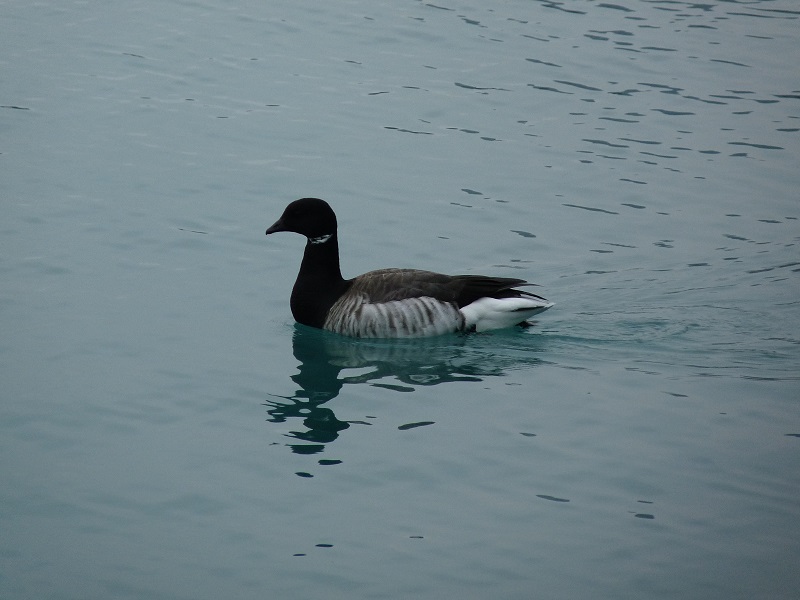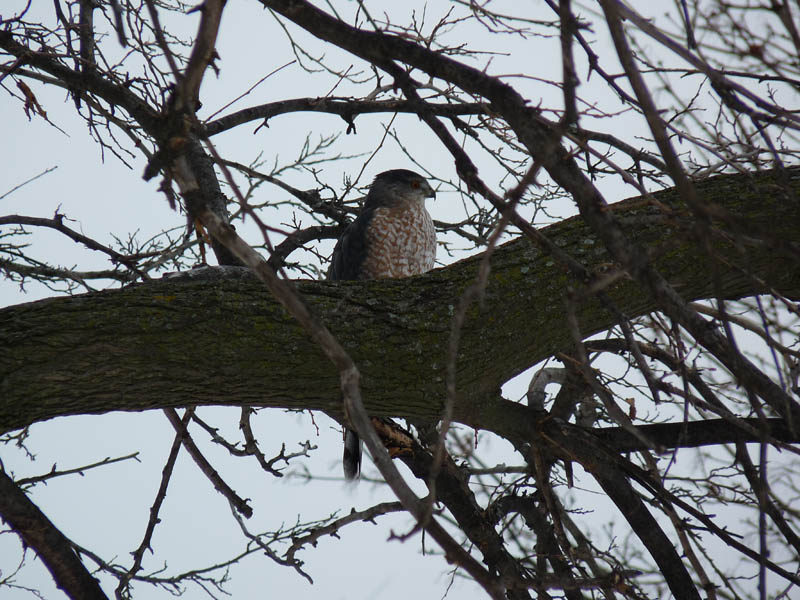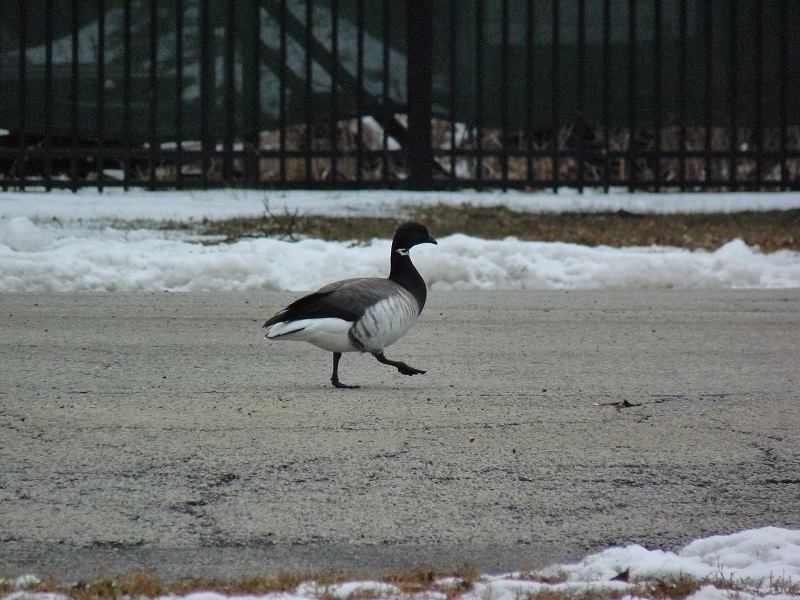
A relatively rare but still exciting Brant at Montrose Point in Chicago, January 2021. (click to see the larger version)
Birders think a lot about rare birds. More than think about — we obsess over them, drive thousands of miles to chase them, and dream about finding them. But what is a rarity? There are a couple of ways to think about this. Most of the rare birds we see are only regionally unusual, that is, they are common someplace within their range but uncommon outside it. The Brant that showed up at Montrose in early January is a good example of this concept. The world population is in the hundreds of thousands, and they’re common on their wintering grounds from New Jersey to Massachusets on the East Coast. Illinois is outside of their main range and migration route, so it’s a big deal here; when one shows up it generates a lot of excitement in the birding community. Brant is rare enough in Illinois to be on the review list of birds requiring documentation, and Montrose has four or so previous records. Relative rareness doesn’t just include birds outside their normal range, it also includes birds outside of their normal timeframe. A Bay-breasted Warbler in Chicago in December is an example.
The other kind of rarity are birds whose entire population is low. The world population of Kirtland’s Warbler in 2020, for example, was a little under 5,000 birds. That’s not a lot. By comparison, the seating capacity of the bleachers at Wrigley Field is about 5,000. Such small populations are vulnerable to all sorts of disturbances. This class has a handful of species, most of which are on the Endangered Species List. Of these, a few have been recorded in Illinois, including Kirtland’s Warbler, and recent records of Whooping Crane and Red-cockaded Woodpecker.

